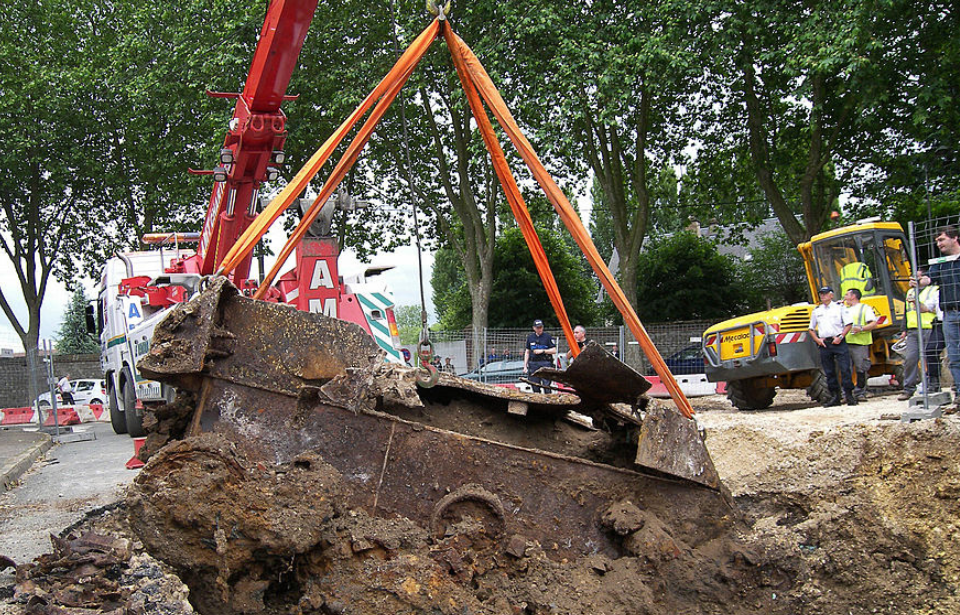During World War II, both Allied and Axis forces mobilized huge amounts of troops. The intense battles that followed resulted in a heavy amount of debris, much of which can be seen even decades later. While smaller items such as hand grenades and land mines are frequently found, there are also rare discoveries of larger, historically important artifacts from that period.
Chartres is no stranger to war
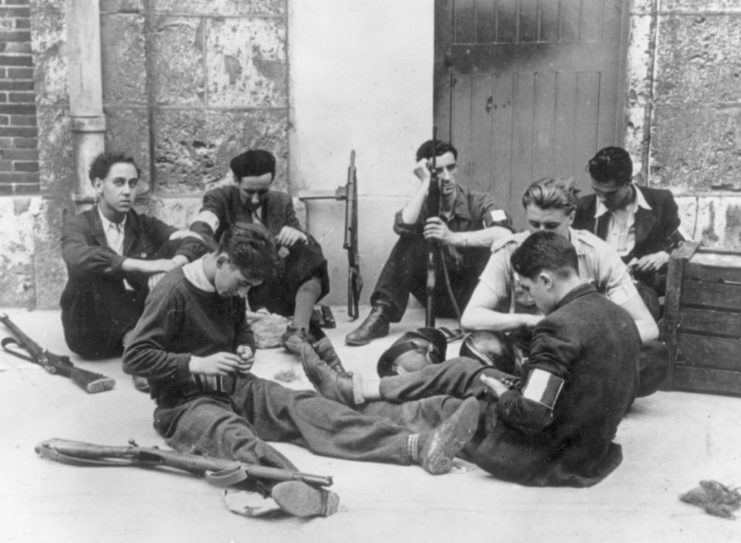
Chartres is no stranger to conflict, having experienced it for decades, and this was no different during World War II. It was one of many European cities to suffer heavy bombings during the early years of the conflict, and it was also the site of intense fighting in August 1944, just over two months after the D-Day landings at Normandy.
Saving the Chartres cathedral
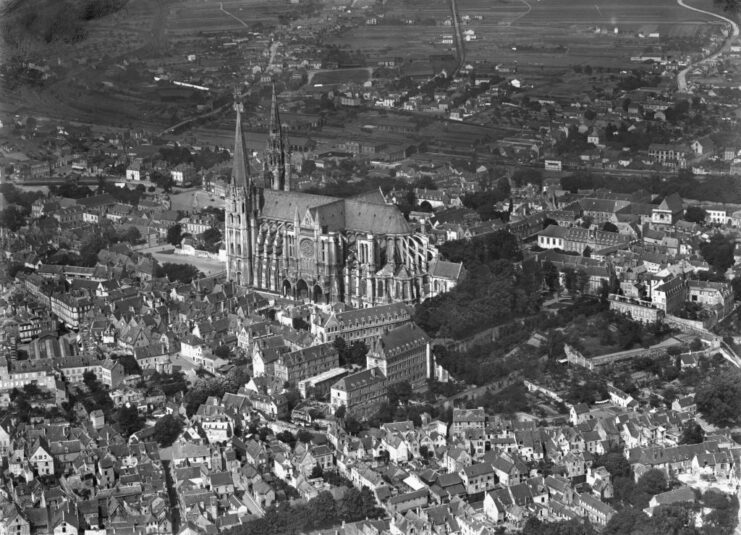
The Americans led the charge into the city, given the responsibility of driving out the Germans and demolishing the grand cathedral, which officials feared might be serving as a lookout point. On August 16, Col. Welborn Barton Griffith, Jr., a liaison officer with the XX Corps, questioned if this was necessary and suggested a reconnaissance mission behind enemy lines to check if the church’s bell tower was occupied by enemy forces. After it was verified that the bell tower was clear, the order to destroy the cathedral was revoked.
Fighting to liberate Chartres
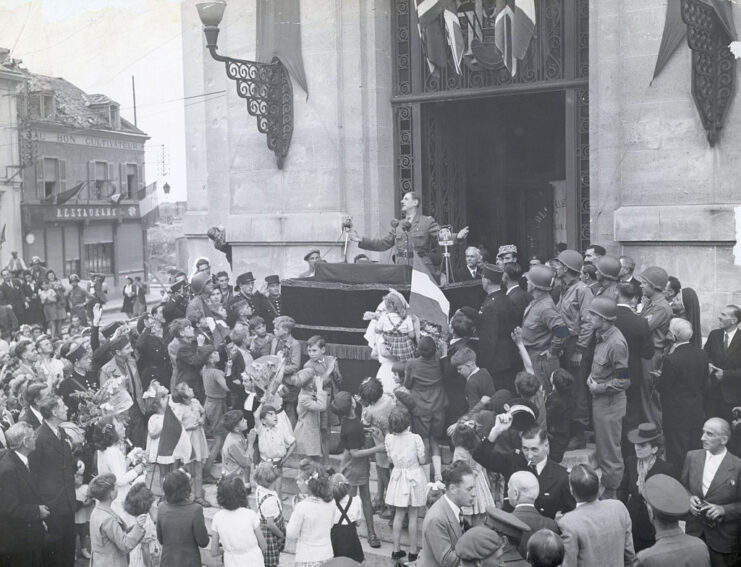
While the cathedral itself was free of German soldiers, the rest of Chartres remained under occupation. Reconnaissance missions conducted by the 3rd Cavalry Group and the 1139 Engineer Combat Group led to clashes, with the Americans receiving help from the Free French and the French Resistance.
On August 18, the 5th Infantry and 7th Armored Divisions, part of Gen. George Patton‘s US Third Army, liberated Chartres. This victory was one of many confrontations between the Allies and the Germans that contributed to the eventual liberation of Paris.
Workers thought they were conducting normal road maintenance…
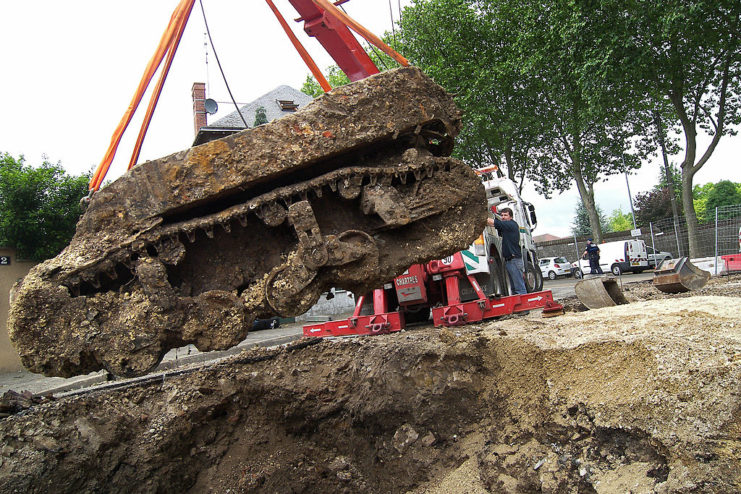
In 2008, while performing their routine maintenance work near Chartres, a team of road workers stumbled upon something surprising. As they were digging near the famous cathedral, they unintentionally uncovered what seemed to be a large machine located directly in the area where they were working.
An amazing discovery beneath the streets of Chartres
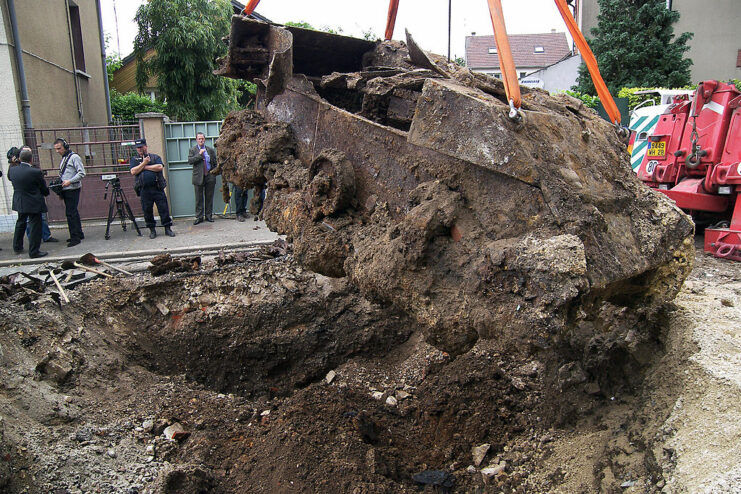
Baffled by the mysterious object, the workers attempted to load it onto their truck but faced challenges, prompting them to seek assistance from a mechanical digger to lift the enormous metal relic from the earth. Even though they succeeded in retrieving it, they required the expertise of specialists to actually determine what they had discovered.
Upon further investigation, it became clear that this discovery was connected to the liberation of Chartres during World War II.
A long-lost M5 Stuart
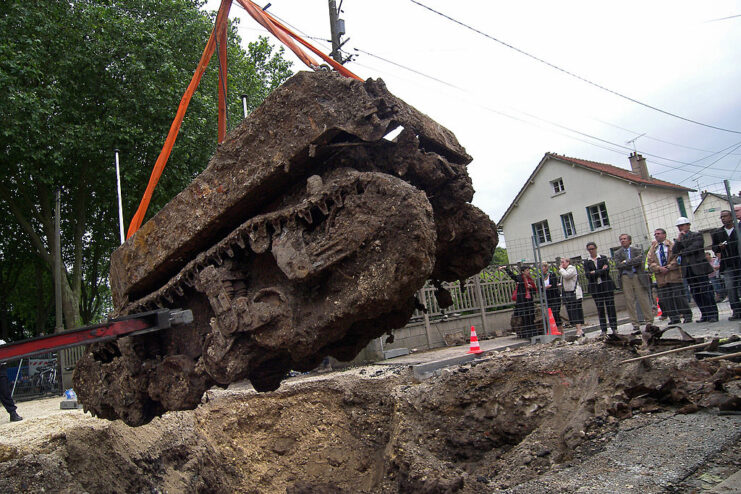
According to experts, the unidentified vehicle was identified as an American tank that played a role in the liberation of France in 1944. Remarkably, they were able to locate witnesses who remembered seeing the vehicle during the liberation efforts, operated by US troops.
Serving with the 31st Tank Battalion
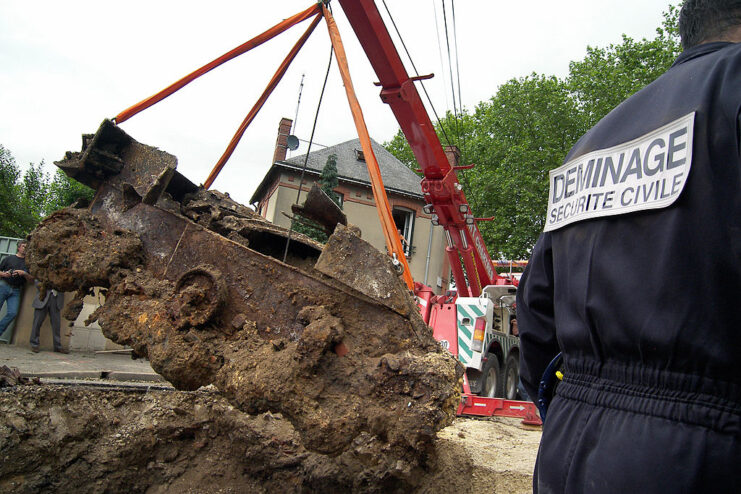
The M5 Stuart light tank, as they identified it, had served with Maj. Leslie Lohse of the 31st Tank Battalion, 7th Armored Division, who’d helped with the liberation of Chartres. The tank was the first to enter the city during the Allied liberation efforts, but it was abandoned while on a reconnaissance mission, with witnesses stating it had either slipped off of its tracks or ran out of fuel.
When World War II was over, the M5 was pushed into a bomb crater and buried, as a means of clearing the road. For the next eight decades, it remained beneath the ground, with few aware of its existence.
The M5 Stuart was a variant of the M3
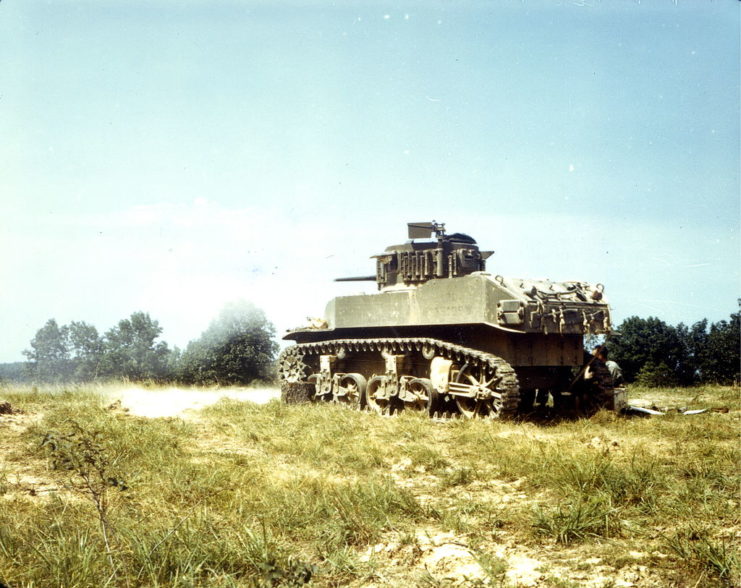
The M5 Stuart was developed by the Americans in 1942 as an improved version of the M3. As a result of the increased demand for radial aero-engines, which were in short supply, the US military wanted to develop a tank that could operate with another engine. One designed by Cadillac, the V8, was chosen to power the new armored vehicle, which also featured a redesigned hull.
By the end of the Second World War, 2,074 M5s had been produced. While a good tank, it was rather small, compared to others.
No match for larger enemy tanks
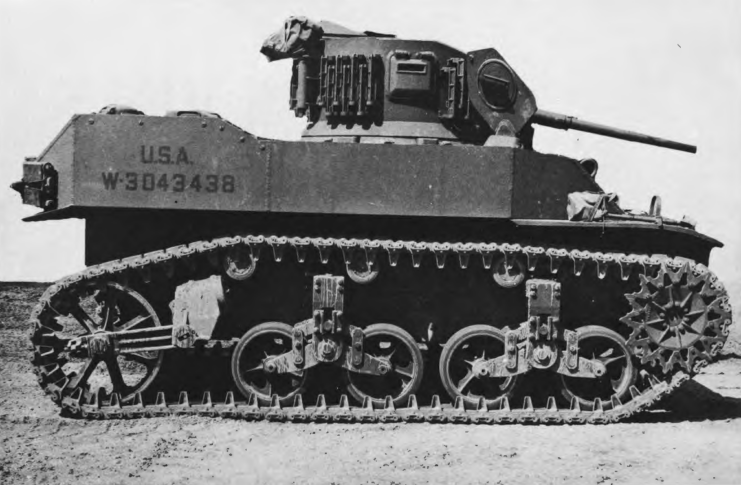
More from us: K2 Black Panther: One of the World’s Most Expensive Tanks
New! Want to become a trivia master? Sign up for our War History Fact of the Day newsletter!
It’s not unusual that the discovery made in Chartres was an M5, given it was readily used by the Americans during their push into France. However, it was a poor match for enemy vehicles, as it was only equipped with a 37 mm cannon, compared to the 88 mm ones many German tanks were equipped with.
